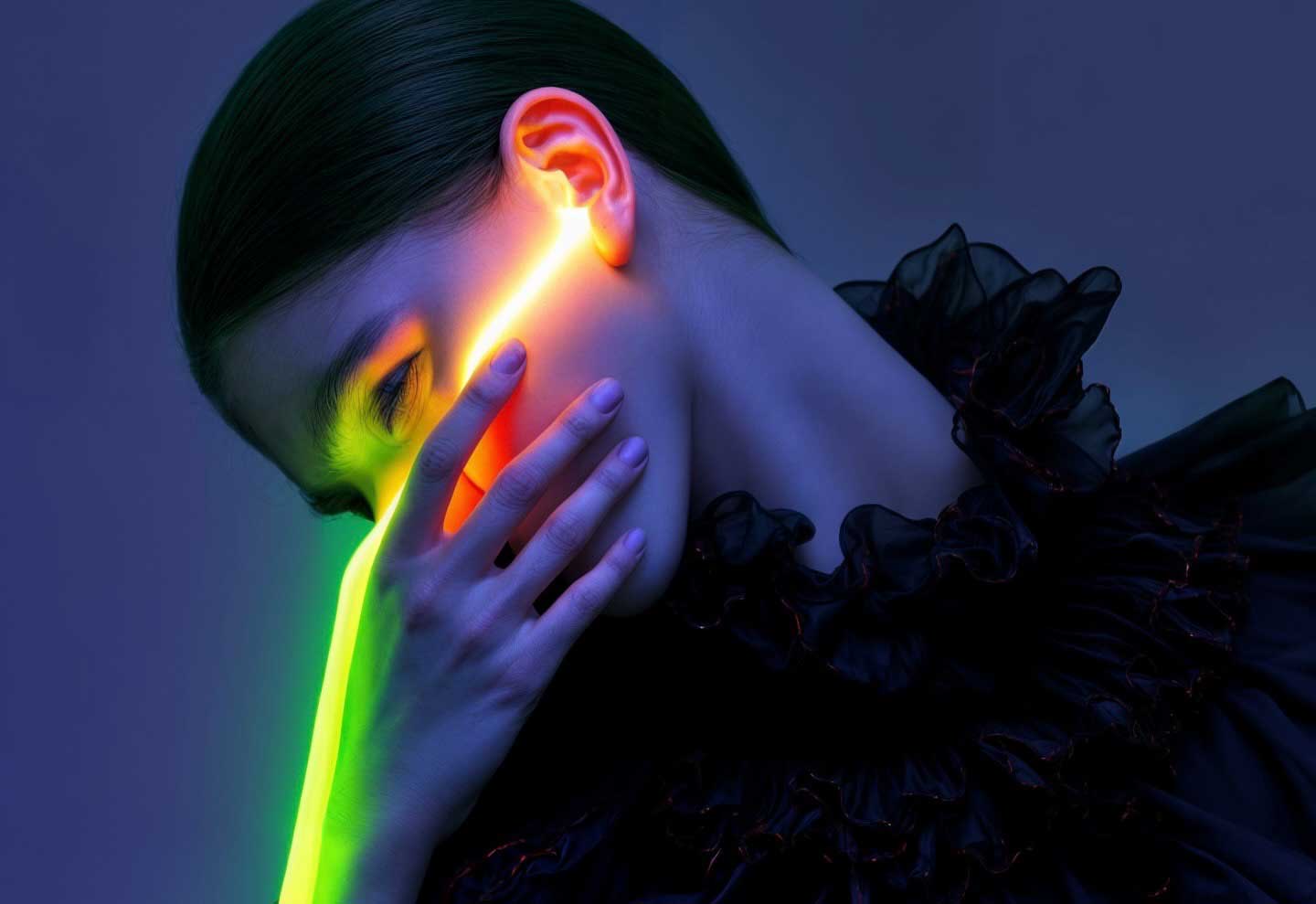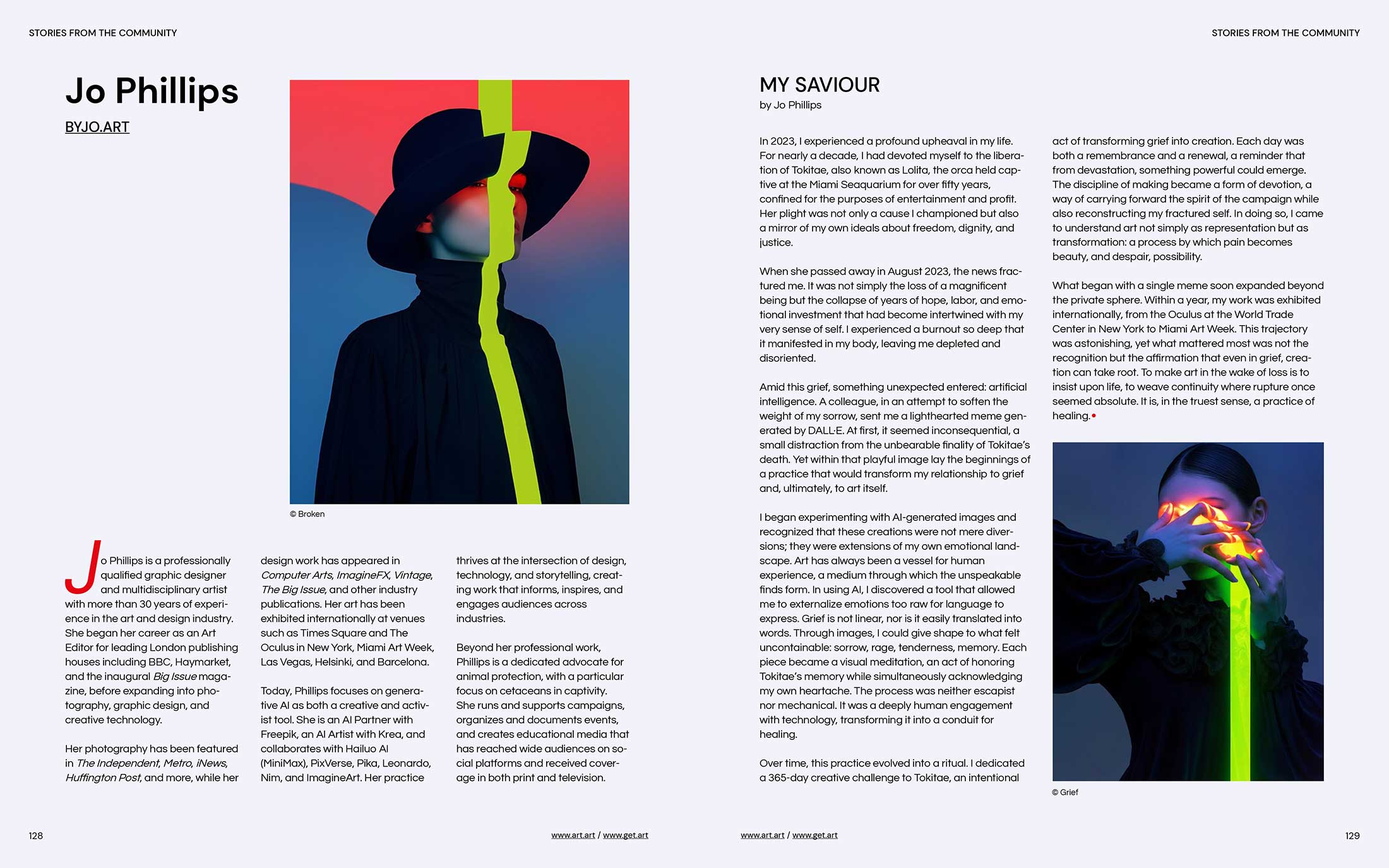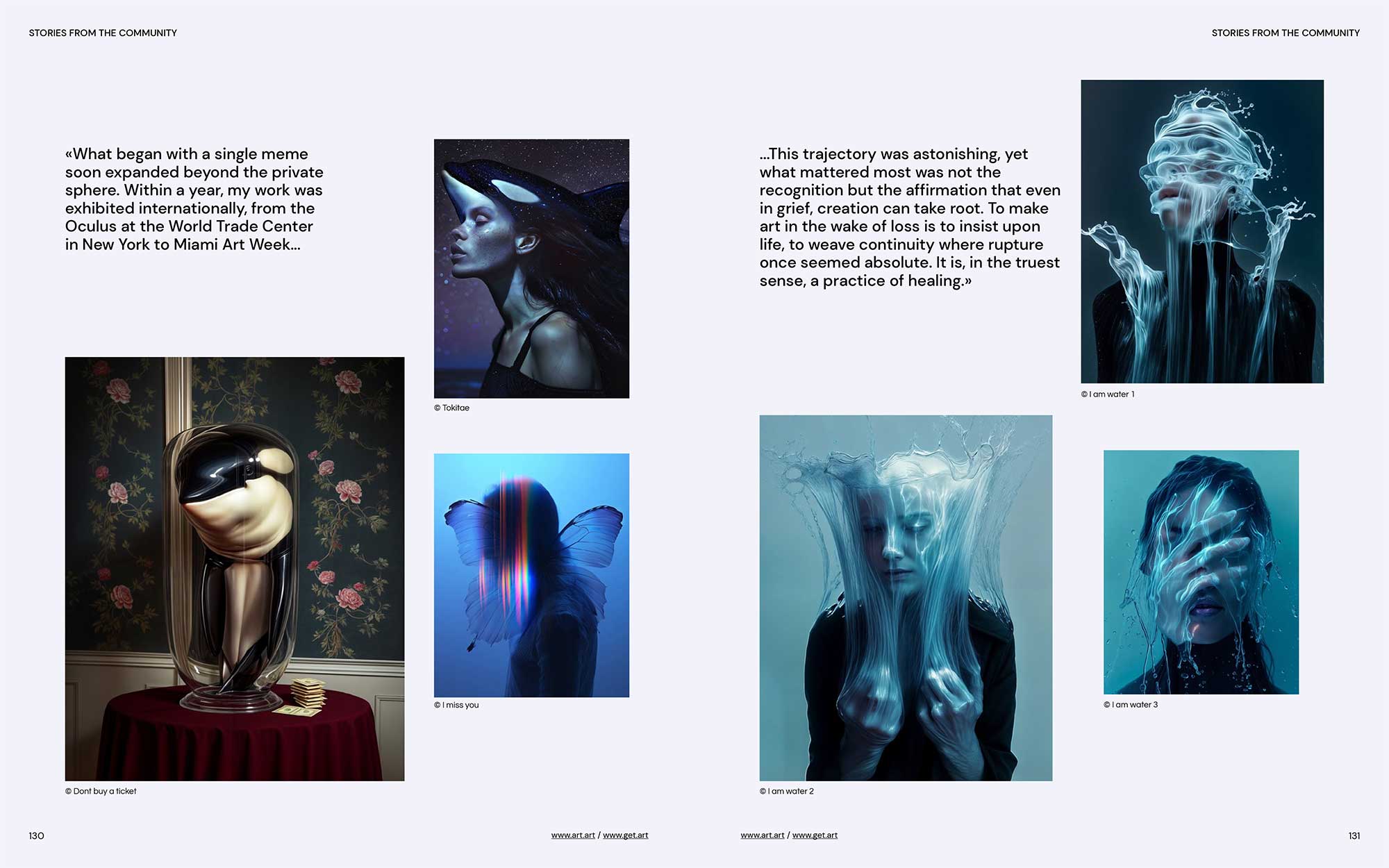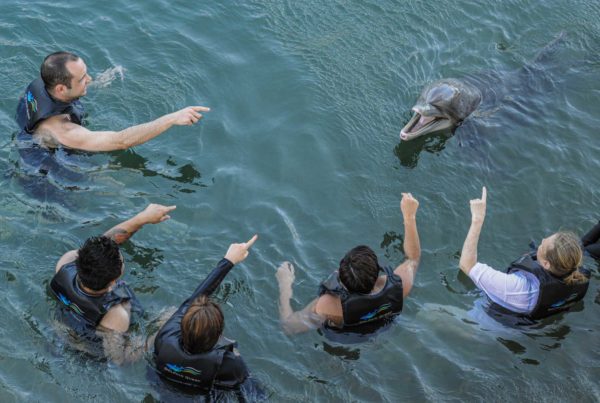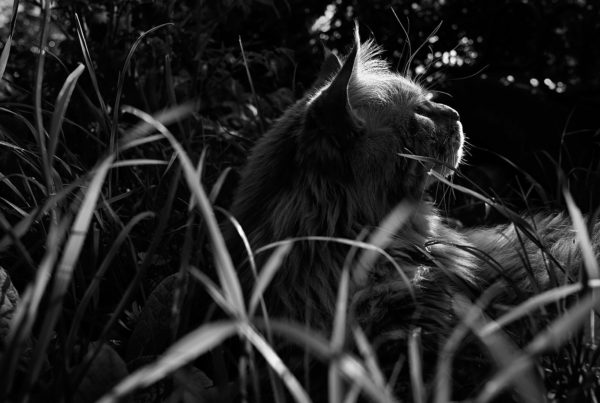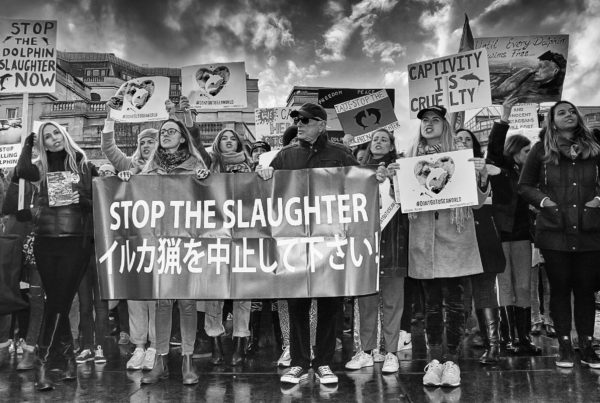I’m deeply honoured to have my piece about Tokitae—my saviour—selected by .Art for publication in the third edition of ART Odyssey. This issue explores the ways creativity fosters healing on personal, collective, and environmental levels.
MY SAVIOUR
In 2023, I experienced a profound upheaval in my life. For nearly a decade, I had devoted myself to the liberation of Tokitae, also known as Lolita—the orca held captive at the Miami Seaquarium for over fifty years, confined for the purposes of entertainment and profit. Her plight was not only a cause I championed but also a mirror of my own ideals about freedom, dignity, and justice. When she passed away in August 2023, the news fractured me. It was not simply the loss of a magnificent being but the collapse of years of hope, labor, and an emotional investment that had become intertwined with my very sense of self. I experienced a burnout so deep that it manifested in my body, leaving me depleted and disoriented.
Amid this grief, something unexpected entered: artificial intelligence. A colleague, in an attempt to soften the weight of my sorrow, sent me a lighthearted meme generated by DALL·E. At first, it seemed inconsequential—a small distraction from the unbearable finality of Tokitae’s death. Yet, within that playful image lay the beginnings of a practice that would transform my relationship to grief and, ultimately, to art itself. I began experimenting with AI-generated images, and I recognized that these creations were not mere diversions; they were extensions of my own emotional landscape.


Art has always been a vessel for human experience, a medium through which the unspeakable finds form. In using AI, I discovered a tool that allowed me to externalize emotions too raw for language to express. Grief, after all, is not linear, nor is it easily translated into words. Through images, I could give shape to what felt uncontainable—sorrow, rage, tenderness, memory. Each piece became a visual meditation, an act of honouring Tokitae’s memory while simultaneously acknowledging my own heartache. The process was neither escapist nor mechanical; it was a deeply human engagement with technology, transforming it into a conduit for healing.
Over time, this practice evolved into a ritual. I dedicated a 365-day creative challenge to Tokitae, an intentional act of transforming grief into creation. Each day was both a remembrance and a renewal—a reminder that from devastation, something powerful could emerge. The discipline of making became a form of devotion, a way of carrying forward the spirit of the campaign while also reconstructing my fractured self. In doing so, I came to understand art not simply as representation, but as transformation: a process by which pain becomes beauty, and despair, possibility.
What began with a single meme soon expanded beyond the private sphere. Within a year, my work was exhibited internationally, from the Oculus at the World Trade Center in New York to Miami Art Week. This trajectory was astonishing, yet what mattered most was not the recognition but the affirmation that even in grief, creation can take root. To make art in the wake of loss is to insist upon life, to weave continuity where rupture once seemed absolute. It is, in the truest sense, a practice of healing.

